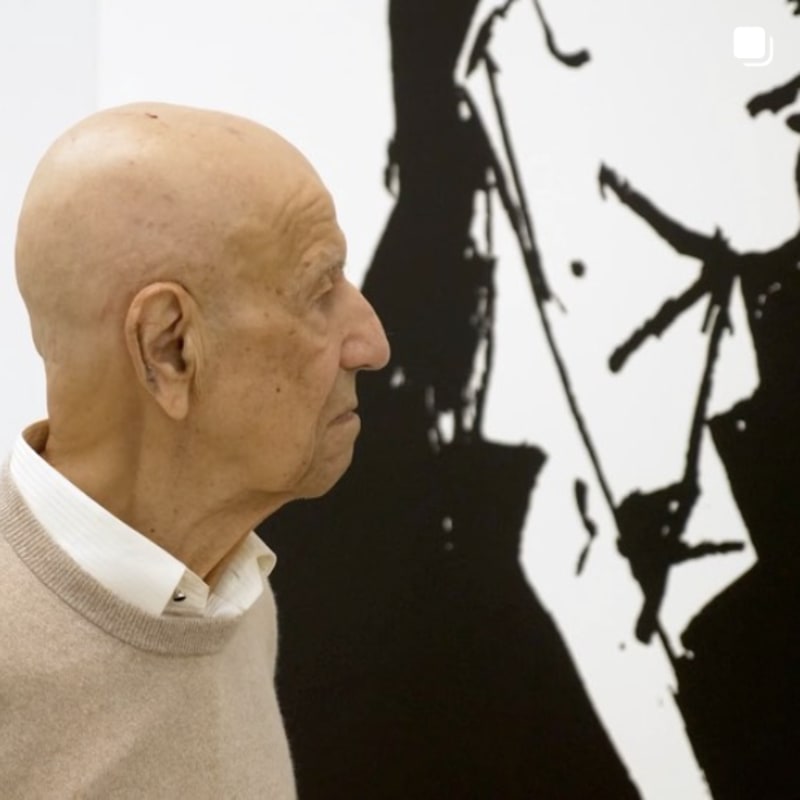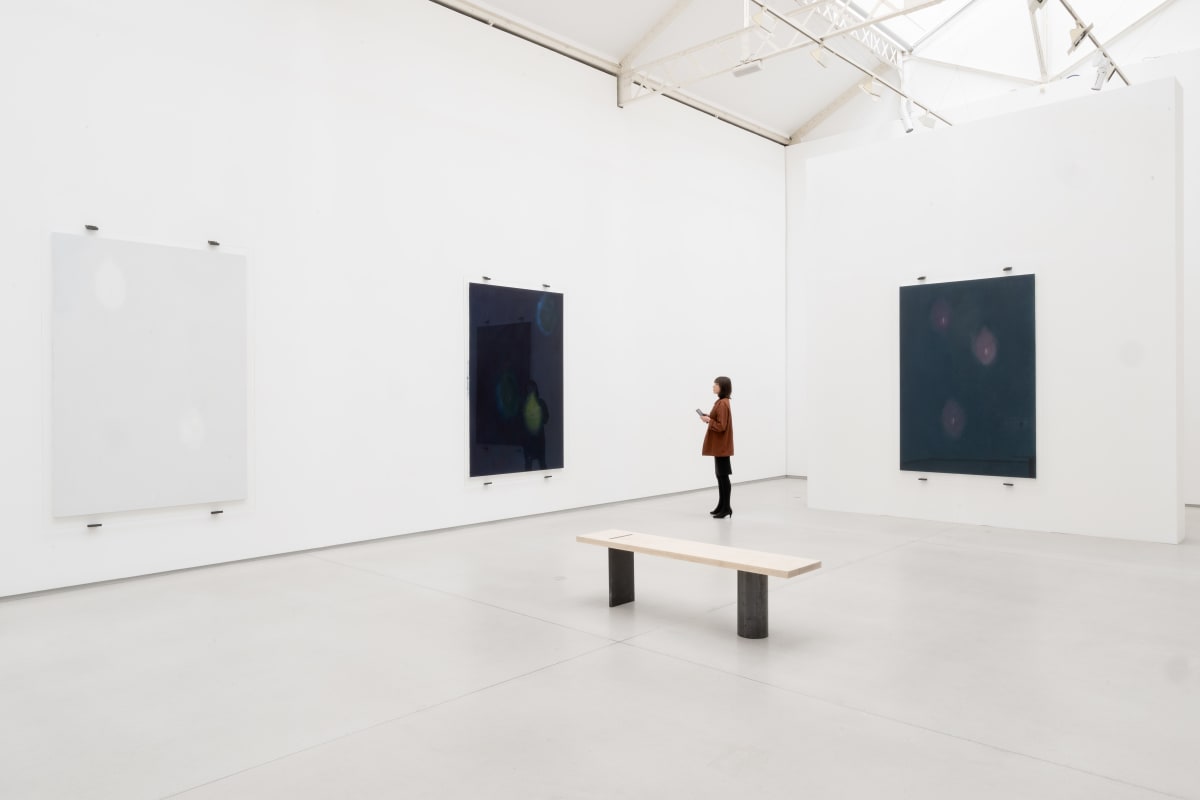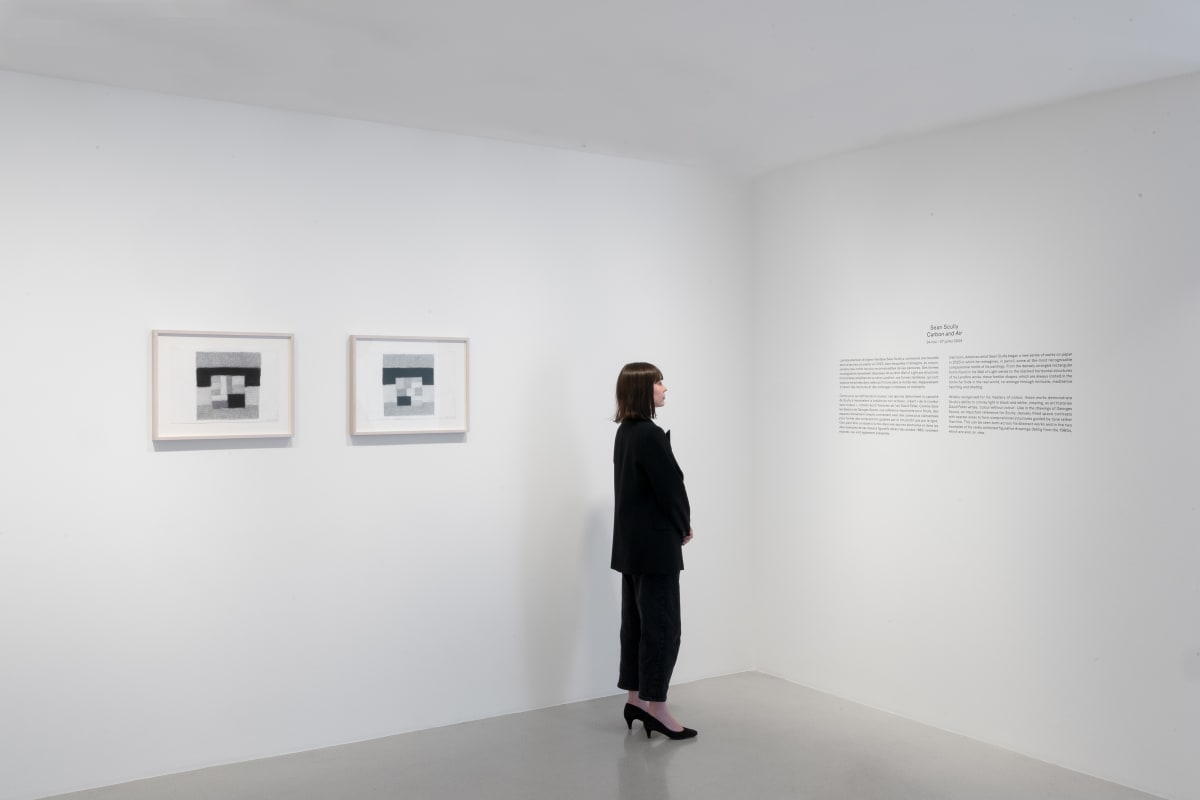Lisa Brice at Charleston
By Claire Phillips
Virginia Woolf once declared, “A woman must have money and a room of her own if she is to write fiction.” Woolf was addressing a room of female students at the University of Cambridge, against the backdrop of interwar Britain. She was outlining the obstacles that had historically prevented women from following creative paths.
Woolf carved out her own space in which to write during the first half of the 20th century amongst a group of artists, poets, and philosophers that frequented the Georgian terraces of London’s Bloomsbury. Her sister, the artist Vanessa Bell, would go further in 1916 when she moved to rural Sussex and constructed a creative idyll where she could live and work as she pleased. Charleston became an outpost of Bloomsbury and in many ways an embodiment of “a room of one’s own”—a space decorated with the modern art of Bell, its shelves lined with the stories of Woolf, and its rooms filled with the voices of those seeking a place in which to be their authentic selves.
In an exhibition of works by the South African-born artist Lisa Brice, a new cohort of women have taken up residence at Charleston. Like Woolf and Bell, they seem intent on carving out a space of their own. Through plumes of smoke, the women appear chiefly as artists in the studio—taking up position in front of the easel, selecting a canvas, and raising a brush to its surface. Often nude, the women are their own models. They gaze intently at the reflections of their lithe bodies as they simultaneously use mirrors to disguise them. They are bold and nonchalant, swigging from beer bottles and puffing on cigarettes. Each is painted in shades of blue that render them curiously anonymous. And yet, their mission is clear. We feel as if we might have stumbled into the world of Charleston quite uninvited.
Brice is known for her portrayal of the female figure, which challenges misogynist tropes in art history, rooted in notions of the female muse and the tortured male genius. Her reputation has soared in recent years, following a solo exhibition at Tate Britain, London (2018) and a major museum show at KM21, The Hague (2020–21). Through her work, Brice reclaims the female nude, depicting a cast of women who do not perform for the pleasure of the male gaze, but for their own. At Charleston, the women lose themselves in the joys of painting, paying little attention to the visitor in their studio. Still, on some level they are guarded; they wield paint brushes like weapons.
Brice’s sources stem from the internet, magazines, photographs, and art history. Placed side by side, the works on paper at Charleston have the effect of a cinematic storyboard. There is Gertrude Stein, the great patron of the European avant-garde, in a reimagining of Picasso’s portrait from 1905–06. And there is the lonely woman of Edgar Degas’s L’Absinthe (1875–76) outside a Parisian café, staring absently at her glass. Critics at the time were outraged: “Heavens!—what a slut!” one declared. In Brice’s hands, the man who once sat beside her is erased. She is alone, but she is not lonely. She is at ease with her own company.
Brice makes reference to another Bloomsbury artist in this body of work—Nina Hamnett, who is the subject of a concurrent show at Charleston. Wild and beautiful, Hamnett was a gifted portraitist known for a hedonistic life spent drinking with Modigliani in Paris of the roaring ’20s and modelling for the likes of Walter Sickert and Roger Fry. Brice reimagines the portrait Fry made of Hamnett in a gingham dress, either during or shortly after their love affair in 1917. Hamnett’s recollection of the moment she began to draw her own body is eerily applicable to Brice: “One day, feeling very bold, I took off all my clothes and gazed in the looking-glass. I was delighted … I got a book and began to draw.”1
Brice conjures her nude figures with a miraculous economy of paint and palette. At times in oil and at others in gouache, Brice fosters nuances of shadow, light, and atmosphere through varying shades of blue. Cobalt, indigo, and cerulean have become Brice’s calling card, originally inspired by the blue light of neon signs and the gloaming hour. This uniform of blue strips away the individual and reveals a kind of primal vision of womanhood. Vanessa Bell was equally unconcerned with the outward appearance of women; she focused instead upon their actions.
Commentary on Brice’s career has suggested all manner of sources for her archetypal blue—the ultramarine of Renaissance altarpieces, the blue trademarked by Yves Klein, the cut-outs of Matisse, the melancholic Blue Period of Picasso. Brice has added the influence of Trinidad to the mix, where she spends much of her time. She explains that at carnival time, residents will cover their bodies in mud or paint to embody the character of the “blue devil.”
It’s curious to note how the Bloomsbury Group would have considered the color blue. Woolf wrote on the perception of color in her short prose poem “Blue and Green” in 1921. The tale of blue centers upon a fish, rising to the surface of water before being thrown to shore: “Strokes of blue line the black tarpaulin of his hide. Slushing the water through mouth and nostrils he sings, heavy with water, and the blue closes over him dowsing the polished pebbles of his eyes.” Woolf’s evocative language captures the sensory experience of the fish and the shifting perception of blue, mirroring the innovations with color at the time in art. Post-Impressionism had ignited a new intensity of color amongst Bell and her contemporaries, which manifested on the walls of Charleston with dazzling brilliance.
One can only imagine how Bell and Woolf would have felt about Brice and the group of women now occupying Charleston, shrouded in their own luminous blue. As they reclaim the studio and recast the image of model, painter, and muse, one can only assume that the Bloomsbury sisters would have approved.
- Nina Hamnett, Laughing Torso (New York: Ray Long & Richard R. Smith, Inc., 1932), 19.













































































































































































